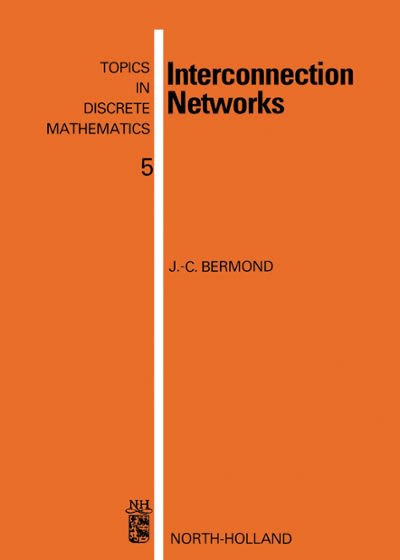Question
Do this problem by hand . Most humans are poorly adapted for underwater vision because about two-thirds of the eye's refractive power is lost when
- Do this problem by hand. Most humans are poorly adapted for underwater vision because about two-thirds of the eye's refractive power is lost when air is replaced by water. In Southeast Asia some tribes of sea gypsies whose children collect food from the sea floor without the use of visual aids appear, however, to have evolved superior underwater vision. One method to improve underwater vision is to constrict the pupil because a smaller pupil can significantly improve resolution.
To test this hypothesis 6 Moken children, sea gypsies from the Archipelago of Burma, and 12 European children of the same age had their pupil diameters measured while diving. The results, in millimeters, are recorded below.
Moken | European |
1.95 | 2.50 |
2.10 | 2.65 |
2.10 | 2.70 |
1.80 | 2.65 |
1.90 | 2.45 |
2.00 | 2.20 |
2.40 | |
2.35 | |
2.55 | |
2.05 | |
2.30 | |
2.15 |
Were the pupil diameters significantly smaller in the Moken children? Analyze without the assumption of normality for the data. Please analyze without the assumption of normality I havent been able to figure out what test to use to test this without aauming normality.
Step by Step Solution
There are 3 Steps involved in it
Step: 1

Get Instant Access to Expert-Tailored Solutions
See step-by-step solutions with expert insights and AI powered tools for academic success
Step: 2

Step: 3

Ace Your Homework with AI
Get the answers you need in no time with our AI-driven, step-by-step assistance
Get Started


